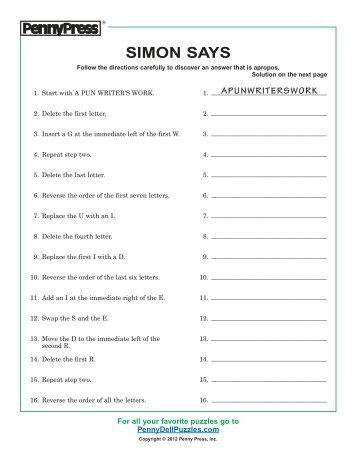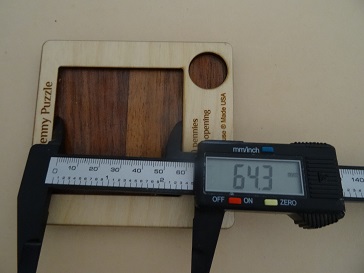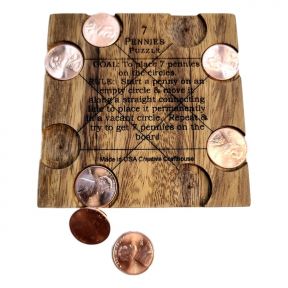

This means we need to go back, backtrack, to the 2nd column and place the queen on next position in the 2nd column – shown on right side in the image above. There is a conflict with the first queen because of sharing the same row and a conflict with the 2nd queen because of diagonal and row conflicts. As shown above, on the left hand side, when we try to place the 3rd queen in column 3, we are not able to find a suitable position for it because of the position of previous queens. Shows need for backtracking as we landed with incorrect result on column 3 This is because of a row and diagonal conflict with the first queen. Trying different positions for the 2nd queen in the 2nd columnĪs shown above, when we start exploring for a position on the 2nd column, we cannot place the queen on the first 2 positions(shown with an ‘X’). Once a q ueen has been placed on a particular position in a column, with all conditions satisfied, we move to the next column. Every column will have only 1 queen.The approach we will be taking is placing a queen on each column one by one.

We start placing the queens one by one on the board, the starting position can be column 1 as shown below. If you fail the interview and find yourself royally underprepared, you would go back and read the things you missed out on before you start applying again- backtracking, something that you don’t always like to do but need to do in order to progress further. When you are in the process of finding a job, ideally, one would: Prepare -> Apply -> Interview. If we come to a point where we realize that there is a conflict between the queen just placed on the board and one of the existing queens, we simply rule out that step to get to the solution and try placing that queen on another position – this also means we are going back a step. The way to arrive at these solutions is to start at the top left corner of the board and start placing the queens one by one on the board. I wanted you to visualise the solution to the puzzle first so that you get a better idea about the approach that we are going to take. As you can see from the 2 solutions, no two queens share the same row, same column or diagonal. With the constraints mentioned above, there are only 2 solutions to the 4 queens problem. 4 * 4 chess board – 4 rows and 4 columns Solution to the 4 queens problem Only 2 solutions to the 4 queens problem Remember these constraints as it is the most important part of the solution and the code. This really means that no two queens share the same row, same column or same diagonal. It is the problem of placing 4 queens on a 4 * 4 chessboard so that no two queens threaten each other. Let’s go ahead and get a good understanding of the problem. With this strong foundation, you will find it much easier to solve the 8 or ‘N’ queens problem.
Ten penny puzzle dimension of square code#
We will be choosing an optimized data structure and also handling the different scenarios in the code for the 4 queens problem which will give you a strong foundation. I think it is important to get a good understanding of the smaller and common bits by first considering the 4 queens problem since it is a subset of the 8 queens or ‘N’ queens problem. In another blog, we will be solving not just the 8 queens problem but we will be taking a look at the solution to the ‘N’ queens problem.

I will be explaining each line of code so that you get an understanding of not just the ‘how’ but also the ‘why’ behind a particular line of code.

Do a step by step analysis of the data structure required to arrive at the solution.Pictorially understand the problem and the solution in detail.In this blog we are going to take a look at the 4 queens puzzle and –


 0 kommentar(er)
0 kommentar(er)
